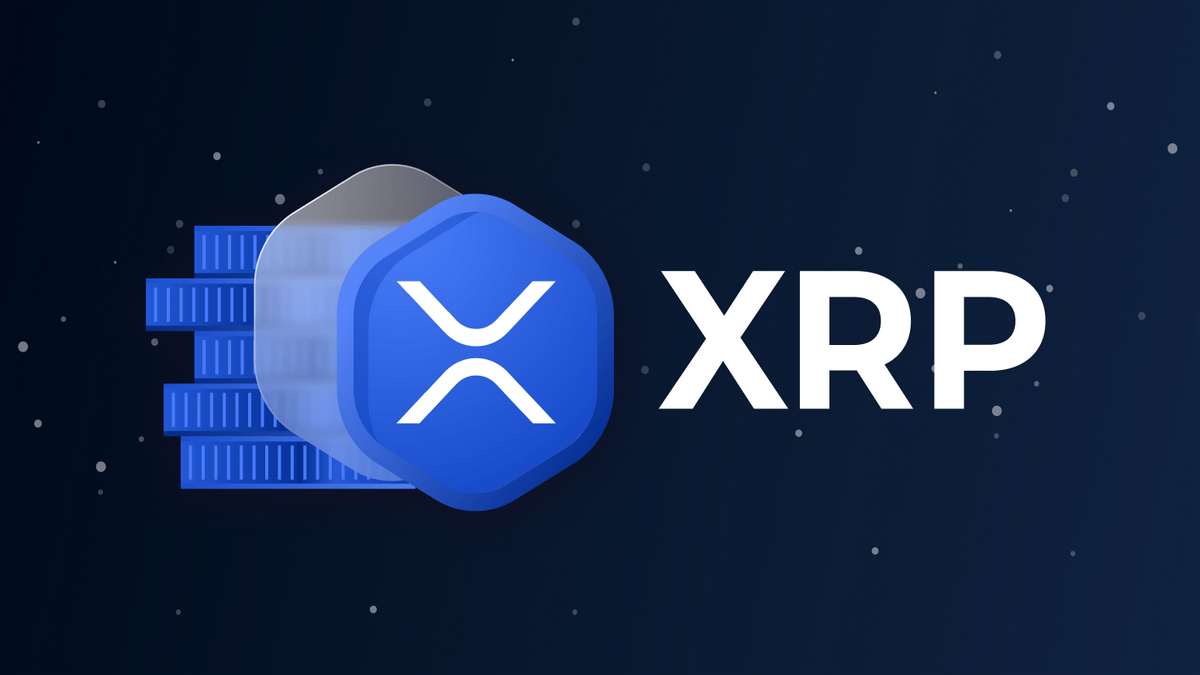
In the kingdom of blockchain technology, the XRP Ledger is known for its distinctive transaction verification and ownership approach. Unlike many other cryptocurrency systems, XRP’s blockchain relies on a decentralised network of users who independently verify transactions before they are officially recorded on the global ledger.
This distinctive nature of the XRP Ledger and its consensus mechanism endows XRP with several desirable qualities. Unlike Bitcoin and other leading digital coins, the XRP Ledger doesn’t require mining, and its consensus mechanism doesn’t involve the repetitive confirmation of immutability. This results in faster and more efficient trade processing.
Characteristics of the Consensus Protocol
In any decentralised payment system, achieving consensus is paramount. Traditional centralised systems have a single authorised administrator who oversees payment processing, but decentralised systems like the XRP Ledger establish rules that all participants must adhere to. These rules collectively constitute a consensus protocol.
The XRP Ledger employs its own XRP Ledger Consensus Protocol, characterised by the following key features:
Network Halts Instead of Divergence: In case of unavailability or misbehaviour of too many participants, the XRP Ledger halts instead of diverging or confirming erroneous transactions.
Universal Agreement: All users of the XRP Ledger can unanimously agree on the current state of the ledger and the chronological order of transactions without the need for a central operator or a single point of failure.
Efficient Transaction Confirmation: Unlike most blockchain systems that involve resource-intensive and competitive processes, transaction validation on the XRP Ledger is efficient and resource-friendly.
Resilience to Participant Changes: The ledger continues progressing even if some users join, leave, or engage in poor behaviour.
The core principles of the XRPL protocol are Correctness, Agreement, and Forward Progress.
Operation Principles
XRP serves as the native crypto of the XRP Ledger, enhancing its utility as a bridge currency. All XRP Ledger accounts can send XRP to each other, with each account maintaining a minimum XRP reserve. XRP can be transferred between XRP Ledger addresses.
XRP contributes to liquidity on the decentralised exchange by facilitating order book auto-bridging when cost-effective. Advanced XRP Ledger features like Escrow and Payment Channels are exclusively available in XRP.
XRP also acts as a safeguard against network spam. To offset XRP Ledger maintenance costs, every XRP Ledger address requires a small amount of XRP as a transaction cost and reserve. These costs are neutral and not paid to any party, with XRP stored in AccountRoot objects in the ledger’s data structure.
Addressing the Double-Spend Challenge
Consensus protocols play a crucial role in resolving the double-spend problem, which involves preventing the spending of the same digital currency twice. The most challenging aspect of this problem is determining the order of transactions without a central authority to arbitrate conflicts when incompatible transactions co-occur.
Transaction Handling and Ledger Versions
The XRP Ledger processes transactions in units called “ledger versions” or simply “ledgers.” Each ledger version is assigned a unique ledger index and builds upon a previous version with a lower index, tracing back to the Genesis ledger with index 1. This design, akin to Bitcoin and other blockchains, establishes a transparent record of all transactions and their outcomes. However, unlike many blockchain technologies, each new ledger version on the XRP Ledger includes the current state, eliminating the need to retrieve the entire transaction history for context.
The primary objective of the XRP Ledger Consensus Protocol is to establish agreement on the list of transactions for the next ledger version, execute them in a predetermined sequence, and ensure unanimous outcomes among all participants. Once achieved, the ledger version is considered verified and final, marking the commencement of the subsequent ledger version.
Conclusion
XRP, a digital asset, enables cost-effective and swift transactions on the XRP Ledger. While not as mainstream as Bitcoin or Ethereum, XRP offers unique advantages by providing liquidity to other tokens on the decentralised exchange and defending the network from spam attacks. With its low transaction costs, XRP presents an affordable option for individuals seeking to transfer funds efficiently. The XRP Ledger Consensus Protocol guarantees the speed and reliability of XRP transactions, positioning it as a key player in the evolving digital financial landscape with an optimistic future ahead.



